Koi koku is a traditional Japanese soup with carp in miso, creating a rich and comforting dish that locals loved for generations, especially in rural regions like Nagano. Known for its deep flavor and nourishing qualities, koi koku holds a special place in local food culture and seasonal celebrations. In this article, we’ll take a closer look at the charm, history, and regional roots of this unique dish—read on to discover why koi koku continues to warm hearts and tables in Japan.
What is Koi koku?
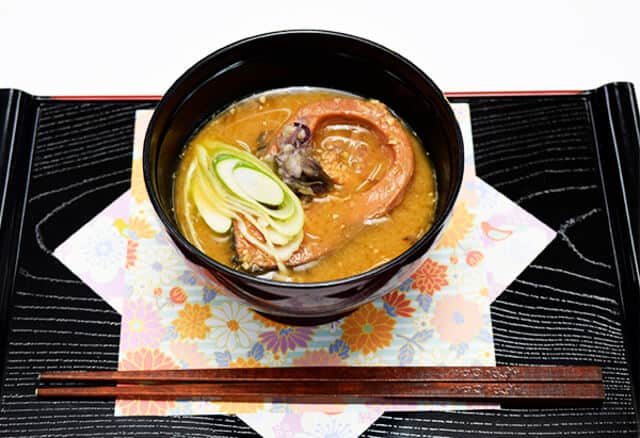
Koi koku is a traditional Japanese stew made by simmering sliced carp in miso, much like miso soup. This dish is once a staple food that locals eat through the Edo period, especially in regions like Saku in Nagano Prefecture. They even offered this to the priests of Ise Shrine. The dish has a rich, deep flavor as the fat from the carp blends with the miso during long simmering, which also removes any fishy odor. The resulting soup is savory, and the carp meat becomes tender with a texture similar to soft white fish.
Koi koku History

Saku City in eastern Nagano Prefecture has a long history of carp farming, particularly in the Saku Plain, where rice double cropping is difficult. The tradition began in the 18th century when carp were brought from Osaka and established by local figures. With the advent of machine-spinning in the Meiji era, carp farming expanded rapidly, and “Saku carp” became known nationwide. Though the industry later declined due to dietary changes and pesticide use, recent efforts to revive it have emerged alongside reduced pesticide farming.
Saku carp take three to four years to grow and prized for their firm texture, mild flavor, and low odor, thanks to the clean, cold waters of the Chikuma River. The region is famous for dishes like koikoku, a miso-simmered carp soup traditionally eaten at New Year’s, and koino umani, a sweet simmered carp dish. Locals even enjoyed high-quality Saku carp raw as arai and pair well with local sake.
Is Carp good for your health?
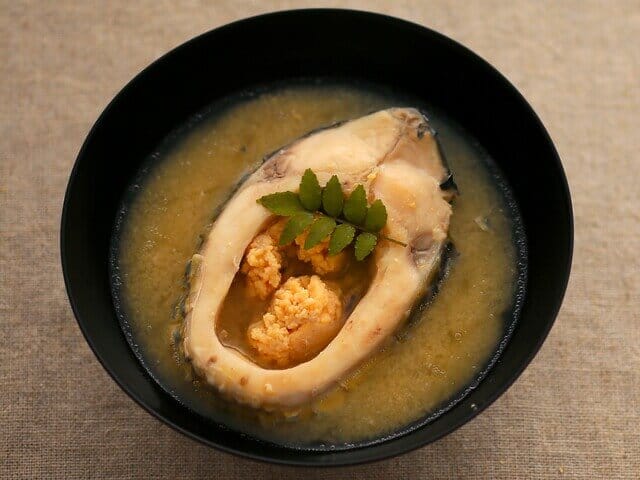
Carp is a highly nutritious fish with medicinal properties, often referred to as a “medicinal fish” in Japan. Believed to support breast milk production due to its high-quality protein, and its lutein content—mainly found in the skin—helps protect the eyes by reducing fatigue and oxidative stress. Carp also contains taurine, which supports liver health and may help prevent hangovers and fatty liver. Additionally, locals value Carp for alleviating swelling and supporting kidney function, making it particularly beneficial for those with kidney issues or women experiencing water retention.
Conclusion
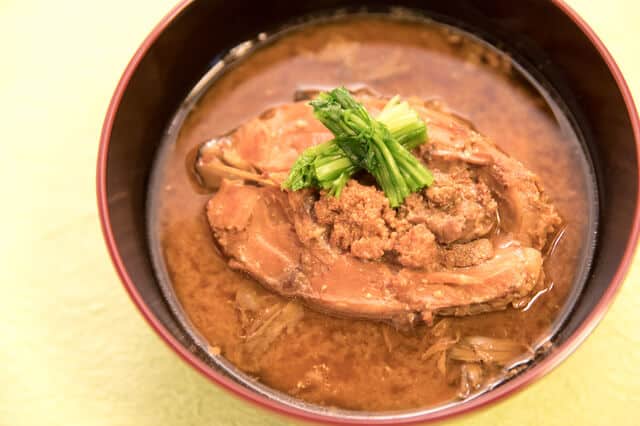
Koi koku is more than just a hearty miso soup—it’s a taste of Japan’s rich culinary traditions and regional pride. If you ever find yourself in areas like Nagano where many still cherished this dish, don’t miss the chance to try it for yourself. We hope this article has sparked your interest and that one day, you’ll enjoy a warm bowl of koi koku in Japan, savoring its deep flavors and cultural history firsthand.
If you enjoyed learning about koi koku, you might also want to explore other traditional Japanese dishes like koino umani (sweet-simmered carp) or regional miso-based soups that highlight local ingredients and time-honored cooking methods.
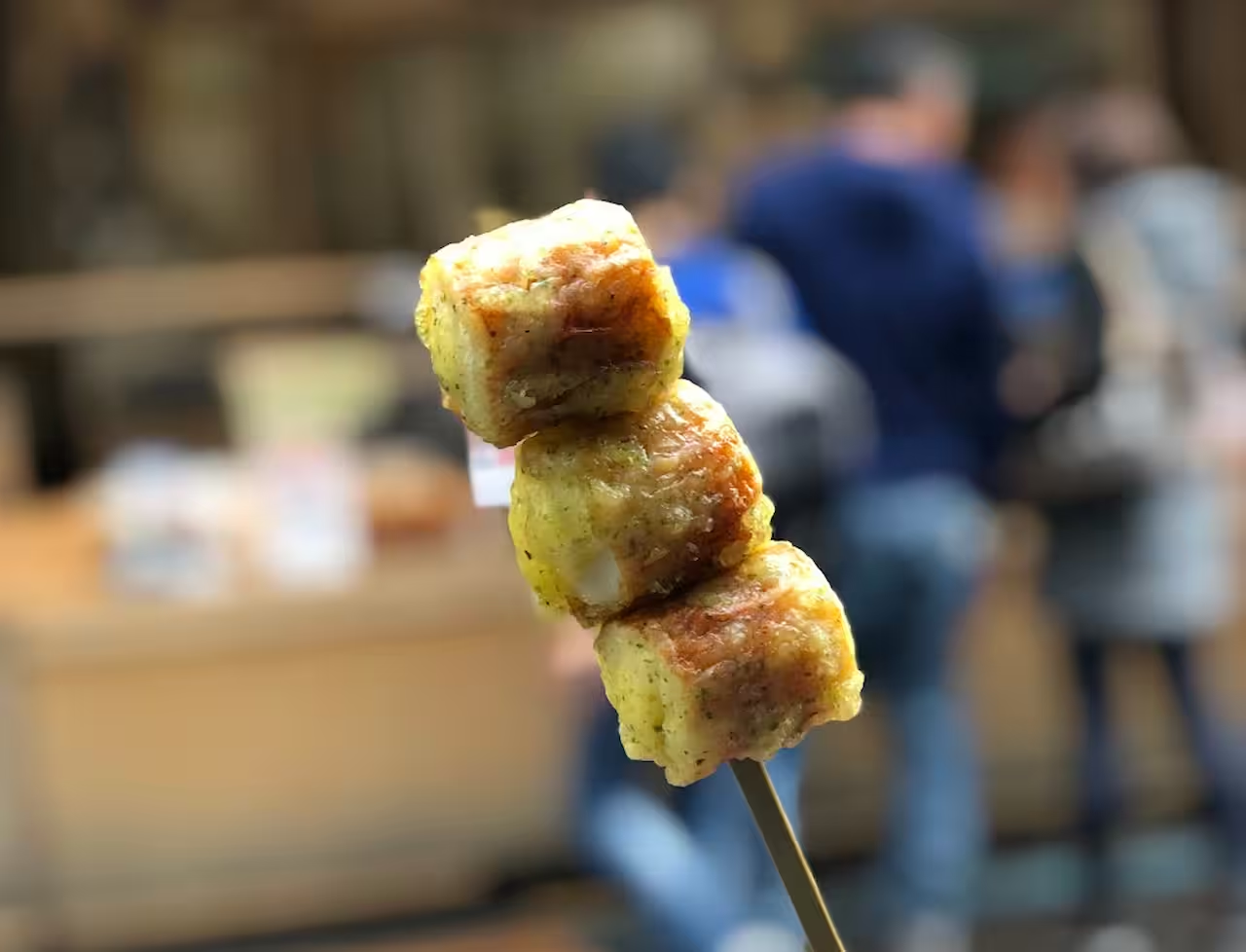
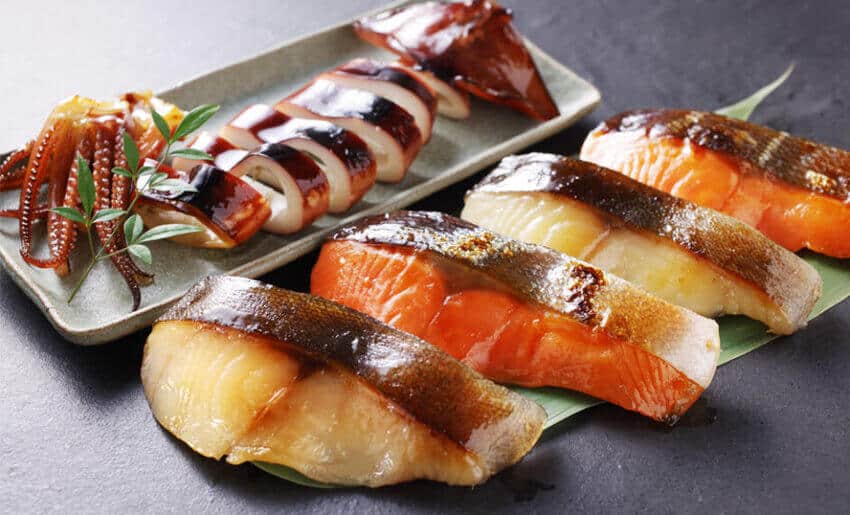

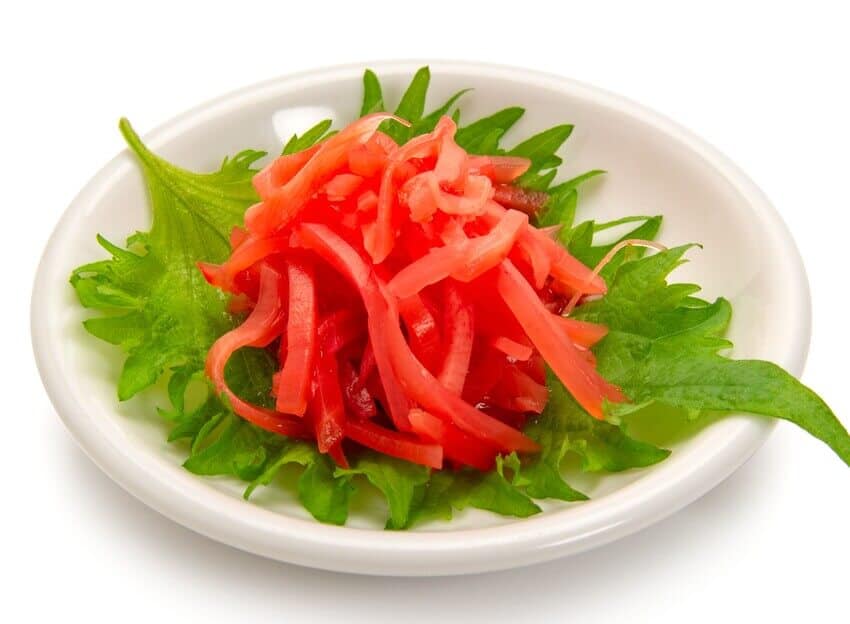


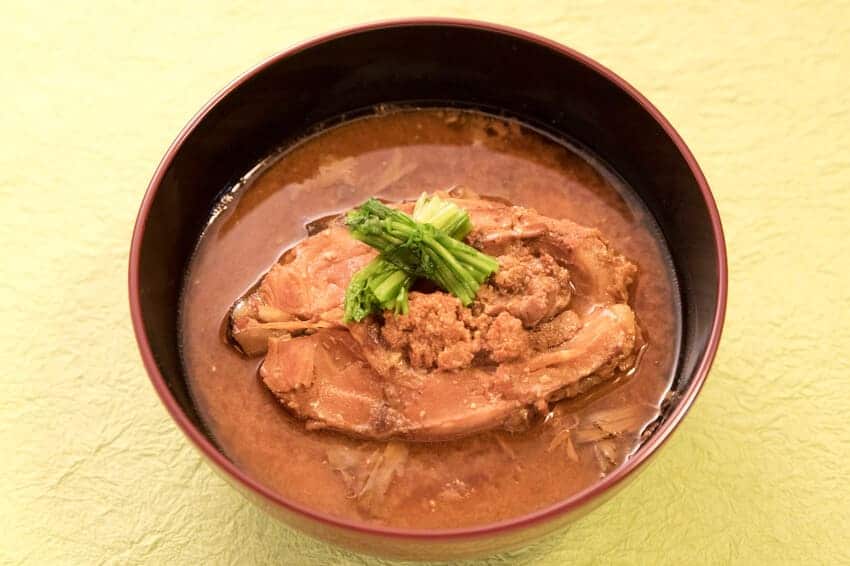
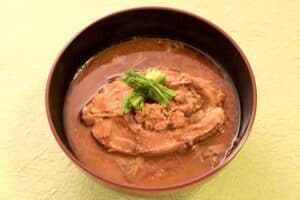
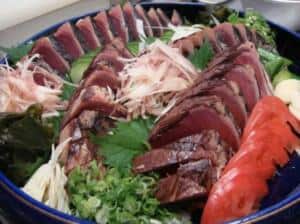
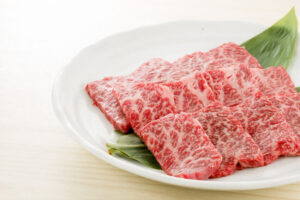
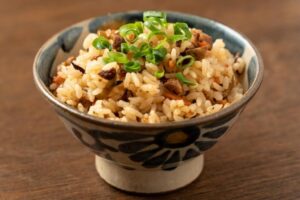
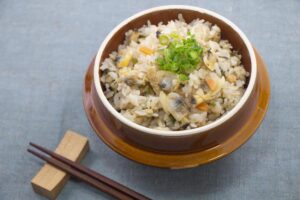

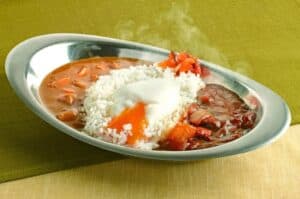
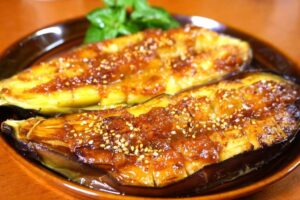
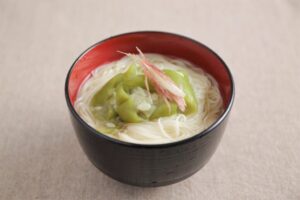
Comments